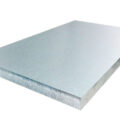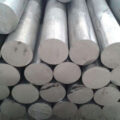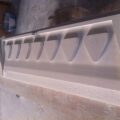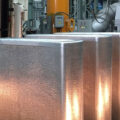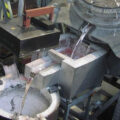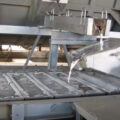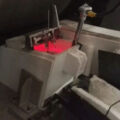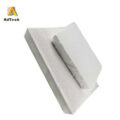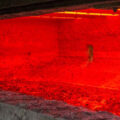Cracks defect in casting is a common problem. The main reason for the cracks is that the temperature difference between the surface and the center is large during the casting and rolling process in the casting and rolling area. The surface layer is not easy to deform due to the low temperature of the surface layer, and the high temperature in the center is easy to deform.
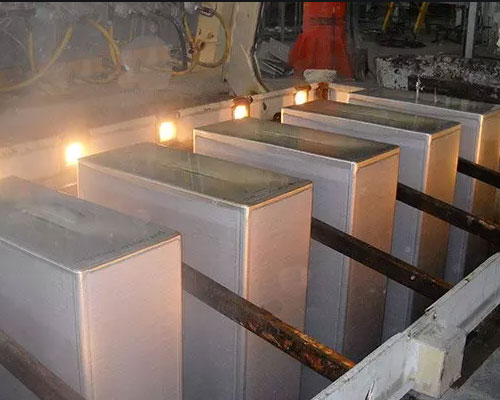
When entering the deformation area from the casting area, the metal on the surface adheres to the surface of the casting roll without sliding. And the metal in the center of the plate is relative to the surface metal in the casting area, when the liquid cavity is shallow, the solidified layer is thicker and hard to crack.
When the liquid cavity is deep, the solidified layer is not tight. When the tensile stress caused by the deformation is large enough, the solidification layer will crack and expand and form a crack.
When the melt is overheated or the melt is shut down for a long time, the nucleation particles in the melt decrease and cracks are easily formed at the grain boundary. When the casting speed is fast, the front box temperature is high, the casting rolling area is large, the feeding lip is damaged, and the liquid hole is deep, the surface of the cast rolling plate is easy to crack.
Cracks Defect in Casting Elimination Method
Using Al-Ti-B grain refiner to refine grain structure and improve processing performance.
Avoid melt overheating during the melting process.
Shorten melt residence and holding time as far as possible.
Appropriately reduce casting and rolling speed and reduce tundish temperature.
Timely replace caster tips and nozzle when the feed nozzle is damaged.
If there is no Al-Ti-B grain refiner, it is necessary to control the casting and rolling area at the beginning of nozzle alignment.

